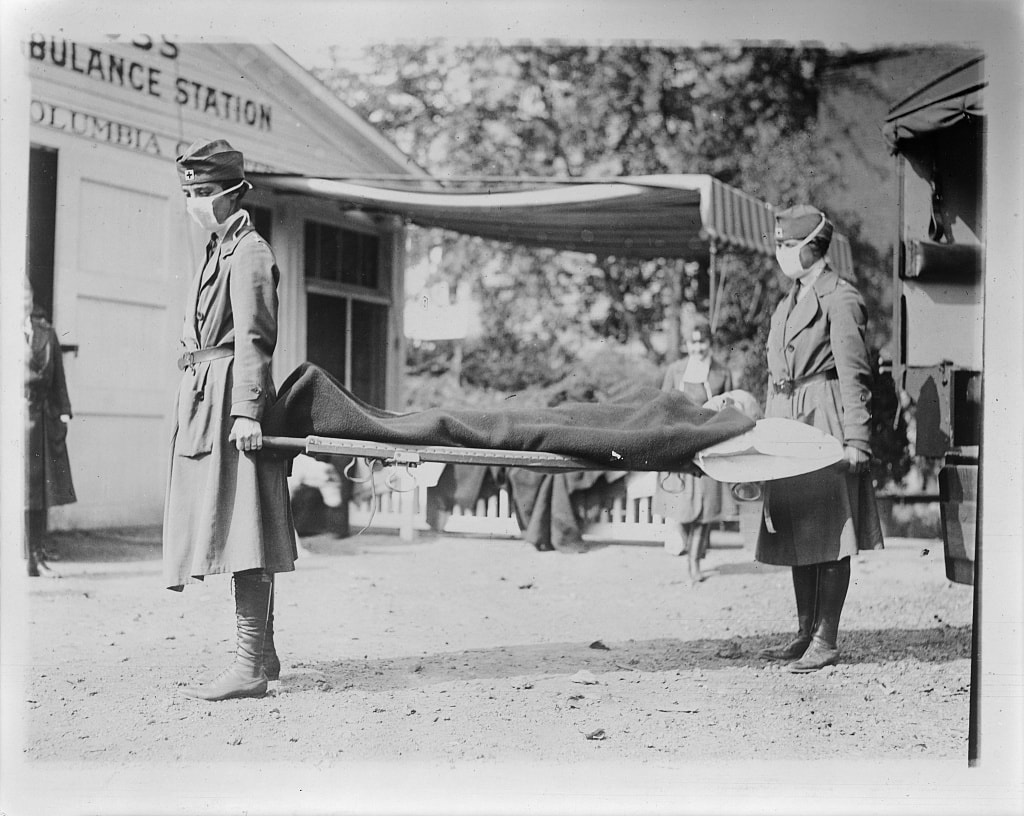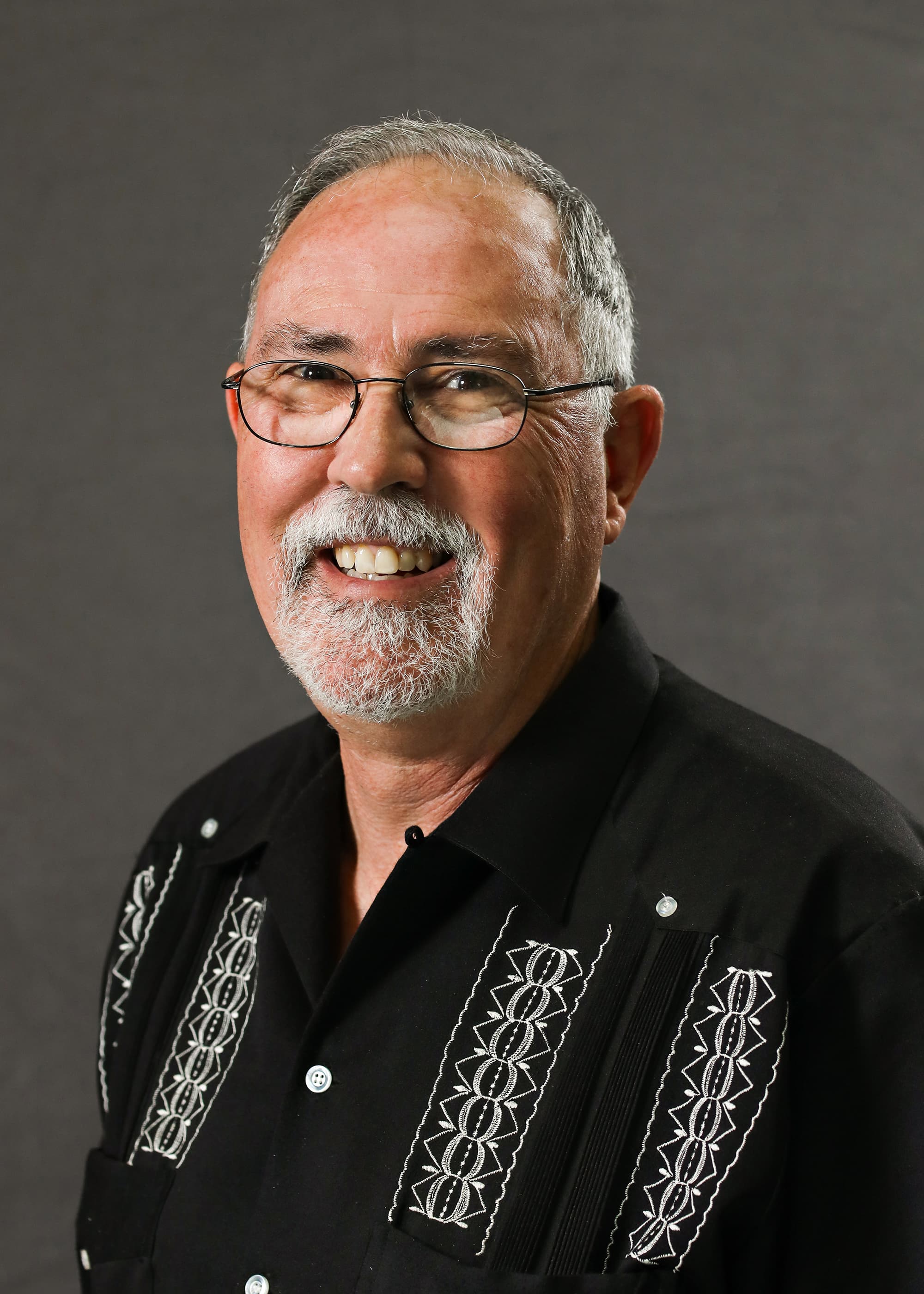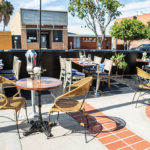In a lockdown state, county and city, it’s important to give the current crisis some historical perspective.
I was researching soldiers from San Pedro who died in World War I when COVID-19 hit the news. In the deluge of reporting since then, the devastation wrought by the Spanish flu epidemic (“pandemic” was not used at that time) in 1918-19 has been largely overlooked. Several San Pedro doughboys died from it (it was soldiers serving overseas who brought the virus to America), but I had no idea how large a toll it had taken on San Pedro’s civilian population. Fellow San Pedro Today columnist Angela Romero earlier described how the epidemic impacted San Pedro generally, but in my research I was struck by the immediacy of the reporting and just how many homes were struck by tragedy.
San Pedro’s population in 1920 was a little over 23,000, not counting the servicemen at Fort MacArthur and the submarine base. A Dec. 11, 1918, story in the Daily Pilot (before it merged with the News) said the county health office estimated there had been 3,000 cases in San Pedro. Total number of deaths in the three months from early October to the end of the year, when the first wave of the epidemic was at its worst, are not recorded, but the Daily Pilot named 40 people who died from either the flu or the effects of the resultant pneumonia in that span; another 27 were reported dead at the densely populated Japanese village on Terminal Island. A Daily Pilot article said, “Death has laid so heavy a hand upon this community as to impress all with the grave seriousness of the visitation of influenza. So many are ill that even the listing of the patients would be impossible.
“Several who passed away had been stricken down in the vigor of youth, and a number of the victims were infants.”
One of the more macabre stories involved Fort MacArthur. A Nov. 6, 1918, article listed the names of 16 soldiers who had died from the flu, all between Oct. 31 and Nov. 4. All of the victims were from out of state; they had arrived at the fort already sick.
The severity of the contagion and the horror it wrought was illustrated in the number of deaths within families. An Oct. 21 article reported, “Mrs. Helen Lucille Parkinson, formerly Miss Carter, an attache of the News office, died of influenza, the death being peculiarly tragic in that it followed that of her brother Robert so closely that a double funeral will be held tomorrow afternoon.”
There was a joint funeral on Oct. 29 at the Wilmington Cemetery for five San Pedrans, including Lucy, wife of Carlo Sima of 383 9th St., who died on a Sunday morning, and their 14-month-old daughter Anna, who died the following morning; and siblings who also died a day apart, Lucy, age 4, and John Joseph, children of Joseph and Theresa Zangara of 544 9th St. The fifth person buried that day was Matilda Camelio, 32, who left three children besides her husband. Another victim listed in the same article was Antonette Briganti of 285 8th St., whose husband had died of pneumonia 15 months earlier. They left five young children.
One of the early victims was Newell Orland Anderson, 19, the oldest son of N.O. Anderson, a San Pedro pioneer. A 1916 graduate of San Pedro High, Newell was stricken while attending USC as a member of the Student Army Training Corps, anticipating service in World War I. Two months later, the Andersons’ only remaining child, Horace, Newell’s younger brother, died of influenza after entering a YMCA radio school in Los Angeles. The Anderson Memorial Senior Citizen Center on 8th Street was built by the Andersons five years later in honor of their two sons.
Not unexpectedly, just as with COVID-19, there was a severe economic impact. An Oct. 25 article reported, “Business in the canneries and fish markets continues slack, principally on account of the prevalence of influenza among the various crews. It is estimated that four out of five boats are laid up.”
A follow-up story on Nov. 9 under the headline, “Fish Scarce Because Fear Ends Fishing” said, “The disease seemed to attack a large proportion of fishermen. While it was at its height, a number of men following the sea died, including Japanese, Italians and Austrians [Croatia was part of the Austro-Hungarian Empire at the time], who constitute the bulk of the fishing crews.
“The result has been that the Austrians and Italians stopped fishing. They were afraid to go out lest they be stricken when far from shore. The Japanese, more stoic, and believers in fate, did not stop fishing. They have been bringing in yellowtail, but the fish that ordinarily are stopped by Austrians and Italian crew, simply ceased to be received at the wharf, and the boats remained idly swaying at their piers.”
A sad coda to the epidemic occurred on Dec. 18 with the death of Evelyn Holbrook, 7, from diphtheria. She was the only child of George S. Holbrook of 544 Santa Cruz St., who was one of San Pedro’s early victims of the Spanish flu, dying Oct. 23. Under the headline, “Little Girl’s Sad Xmas Wish Comes True,” the Daily Pilot reported that just days before dying, Evelyn had said, “I wish I could be with papa on Christmas! I know he would get me a lot of toys.”
It’s a sadness many in San Pedro can relate to today. spt







Comments